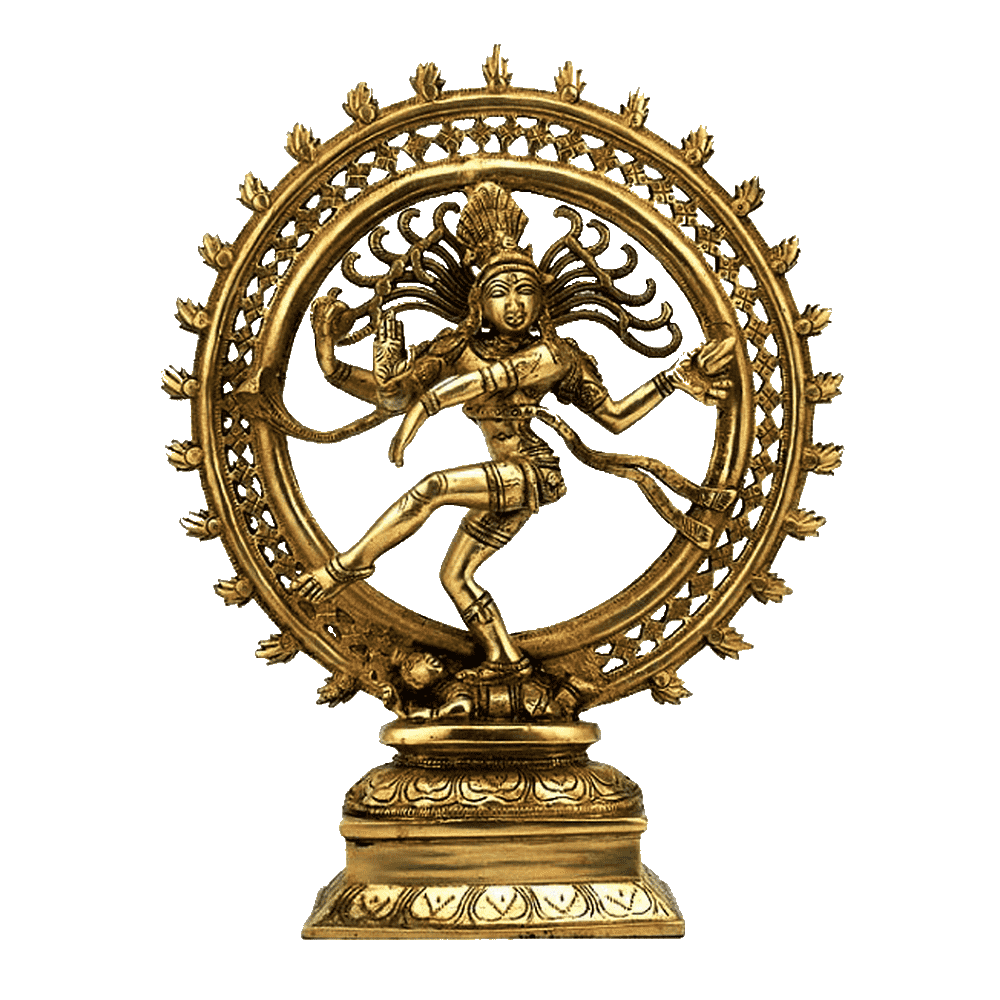
Kularnava Tantra
The Kularnava Tantra is a prominent text within Śaiva Agamas
Introduction:
Kularnava Tantra is a significant and revered text within the realm of Śaiva Agamas. It holds a special place in the world of Tantric literature and is considered one of the most comprehensive and profound scriptures in the Śaiva tradition. The word “Kularnava” can be roughly translated to “ocean of Tantra,” signifying the vastness and depth of knowledge contained within its verses.
Origins and Context:
The exact origin and authorship of Kularnava Tantra remain unclear, as with many ancient texts. It is believed to have been composed several centuries ago, though the precise date of its composition is still a subject of scholarly debate. Like many ancient scriptures, the Kularnava Tantra is said to have been revealed by Lord Śiva himself, imparting the sacred knowledge to the sages for the benefit of humanity.
Teachings and Content:
The Kularnava Tantra is an extensive text comprising various chapters and covers a wide range of topics, including rituals, ethics, philosophy, cosmology, and spiritual practices. It is primarily focused on the Kula path, a Tantric tradition that revolves around the worship of the divine in the physical form, including the use of ritualistic practices, symbolic representations, and yogic techniques to attain spiritual liberation.
Rituals and Worship:
The Kularnava Tantra provides detailed instructions on various rituals and worship practices. It delves into the proper way to conduct temple ceremonies, sacred offerings, and the performance of Yantras and Mantras for invoking specific deities or cosmic energies.
Ethics and Conduct:
Alongside the rituals, the text emphasizes the importance of ethical conduct for spiritual aspirants. It advocates the practice of Ahimsa (non-violence), truthfulness, self-discipline, and other virtues as essential aspects of the spiritual journey.
Kundalini and Yoga:
The Kularnava Tantra elucidates the role of Kundalini, the dormant spiritual energy coiled at the base of the spine. It provides instructions on how to awaken and channel this powerful energy through various yogic practices, leading to higher states of consciousness and spiritual evolution.
Shakti Worship:
The text also emphasizes the significance of Shakti, the divine feminine energy, and prescribes various techniques to invoke and merge with the goddess to access her transformative powers.
Liberation (Moksha):
Kularnava Tantra places a strong emphasis on the ultimate goal of liberation (Moksha) from the cycle of birth and death. It reveals the path of self-realization and the unity of the individual soul (Atman) with the cosmic consciousness (Brahman).
Initiation (Diksha):
The text discusses the importance of initiation (Diksha) from an enlightened Guru for the aspirant’s spiritual growth and the transmission of sacred knowledge.
Ritual Purity and Taboos:
Kularnava Tantra addresses the concept of ritual purity and the avoidance of certain practices that are considered taboo in the Tantric tradition.
Conclusion:
The Kularnava Tantra stands as a sacred repository of knowledge and wisdom, guiding seekers on the path of the Kula tradition within Śaiva Agamas. Through its profound teachings on rituals, ethics, and spiritual practices, it offers a comprehensive roadmap for spiritual seekers to attain higher states of consciousness, embrace their divine nature, and ultimately achieve spiritual liberation. As with all sacred texts, the Kularnava Tantra emphasizes the importance of approaching its teachings with reverence, humility, and a sincere aspiration for spiritual growth and inner transformation.
Editor – Kaalchakra Team
[ Note – Before Concluding anything as a Finale, Please Go through Original Scriptures of Vaidik Literature Written in Sanskrit and Also with Meaning of That time of Language. Because English is a Limited language to Explaining the Deeper Knowledge of Vaidik Kaal. ]
